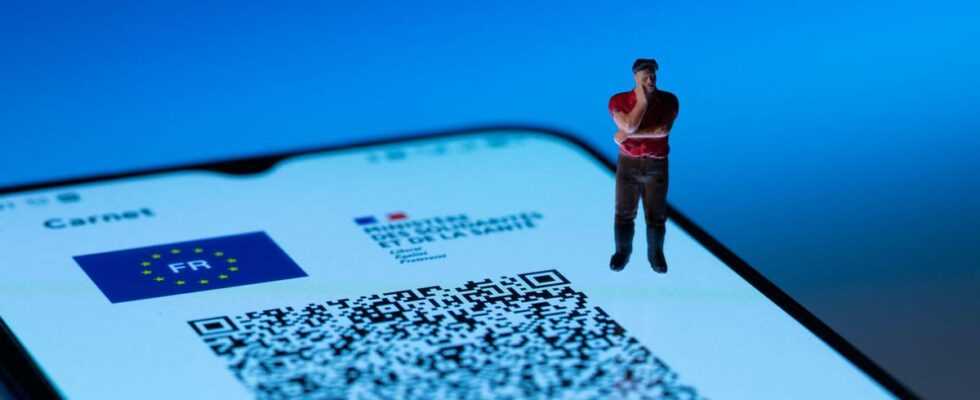How does the QR code work?
Invented by the Japanese engineer Masahiro Hara, a Toyota employee in the 90s, the QR code at the time allowed the car manufacturer to be able to follow the path of spare parts in the factory. The QR code, for “Quick Response code”, has the advantage of decrypting information in a few seconds using a simple “scan”. Used exclusively in Japan, the technology was released to the public in 1999 under a free license.
On paper or on the screen of a smartphone, this two-dimensional code is easy to create. The more pixels the QR code contains, the more characters and therefore information it stores. So, as “Gizmodo” reports, “the initial version was 21 by 21 pixels and contained only 4 characters of data.” Today, the most recent versions measure 177 square pixels, or “1,852 characters and a few pages of information”.
Why use it?
Previously unknown to the general public, the health crisis has popularized the QR code. Thus, going to the cinema, to a concert, taking public transport, is conditioned by the information contained in this small square. In the Dordogne, the QR code even saves lives thanks to an application available on smartphones.
This technology is also present on the new electoral maps. Here, it allows you to redirect to the official site of the current elections and to access a set of procedures related to future elections. Some manufacturers and distributors also want to place them on product labels so that customers can access a more complete list on the product. The QR code seems to have a bright future.
What are the limits ?
But its use is not without risks. The QR code contains a hundred times more information than a simple barcode. In fact, risks of hacking exist as indicated by a security company, Mobileron in “Forbes”. A hacker could incorporate a malicious URL into a QR code and thus, for example, recover data from a telephone or refer to a phishing (or phishing) site to encourage the person to disclose identifiers.
